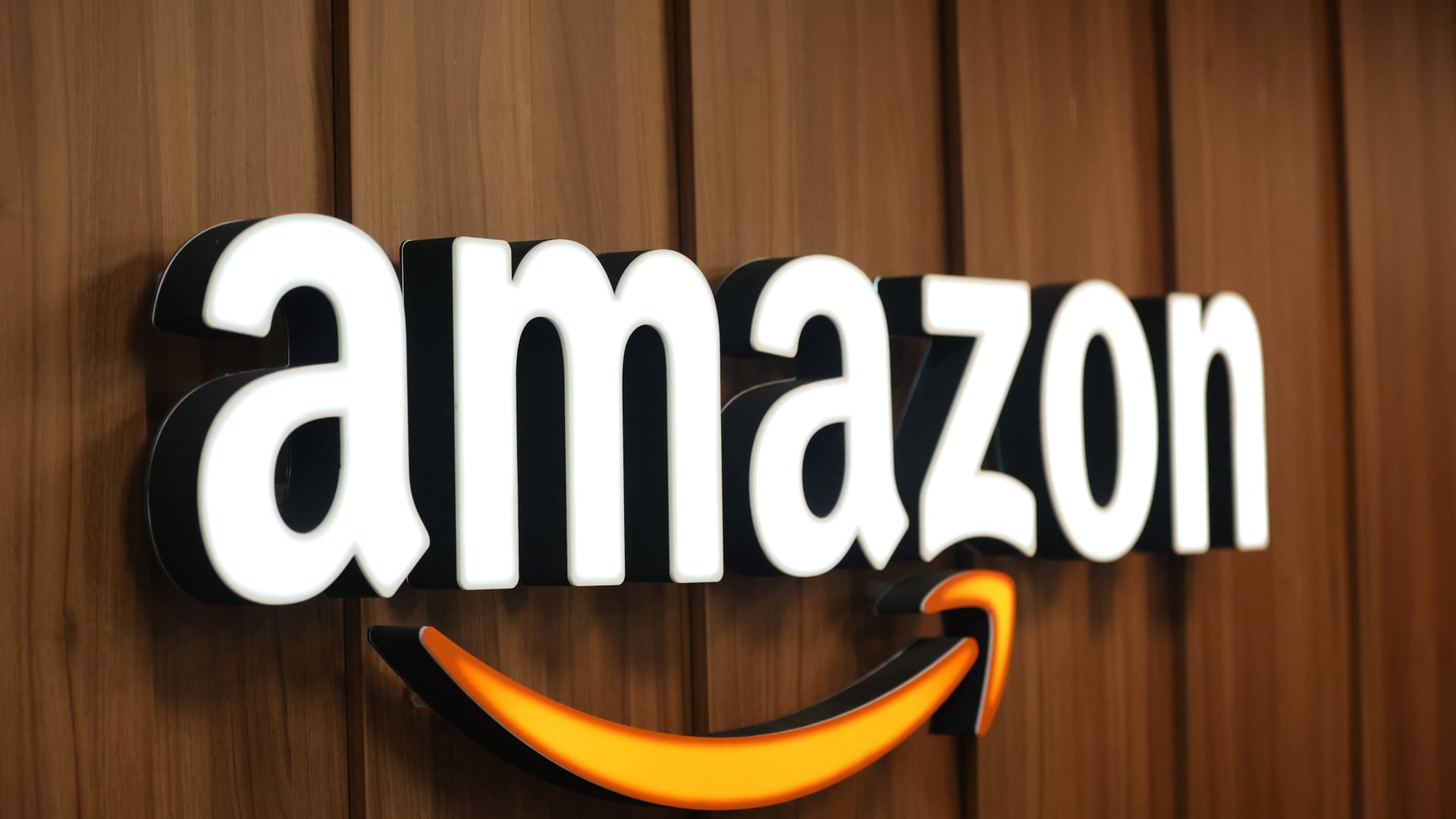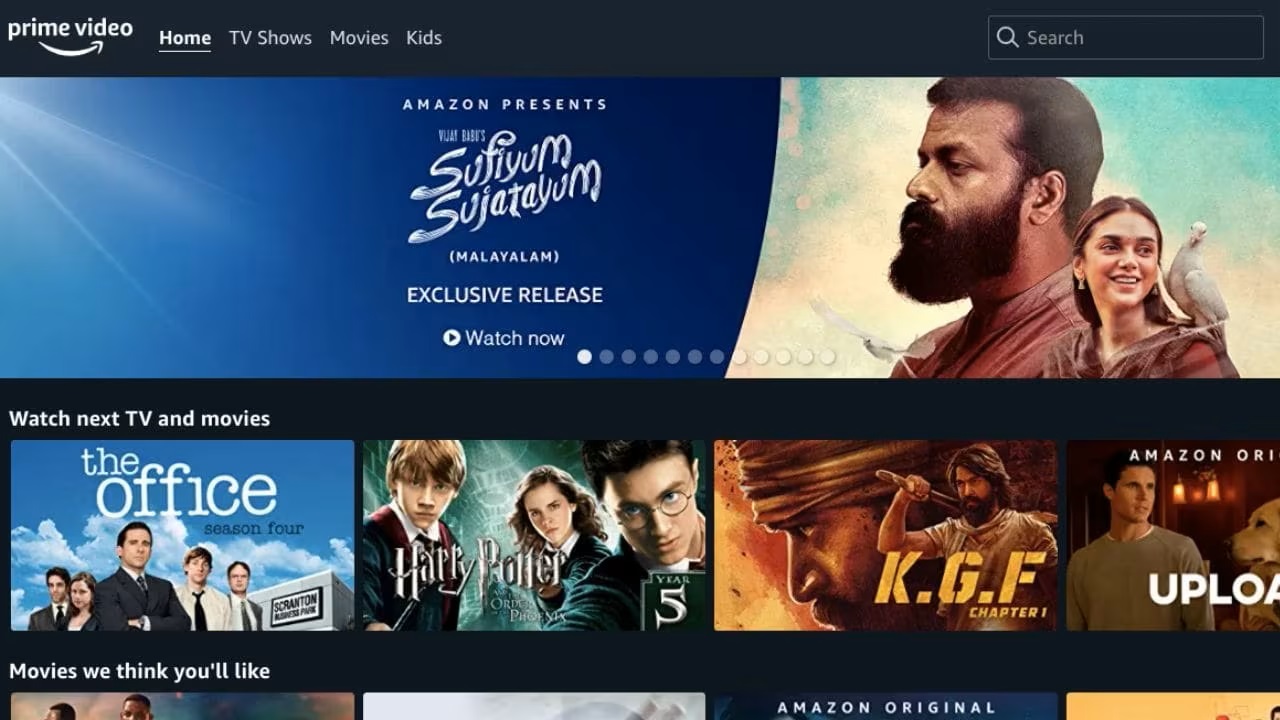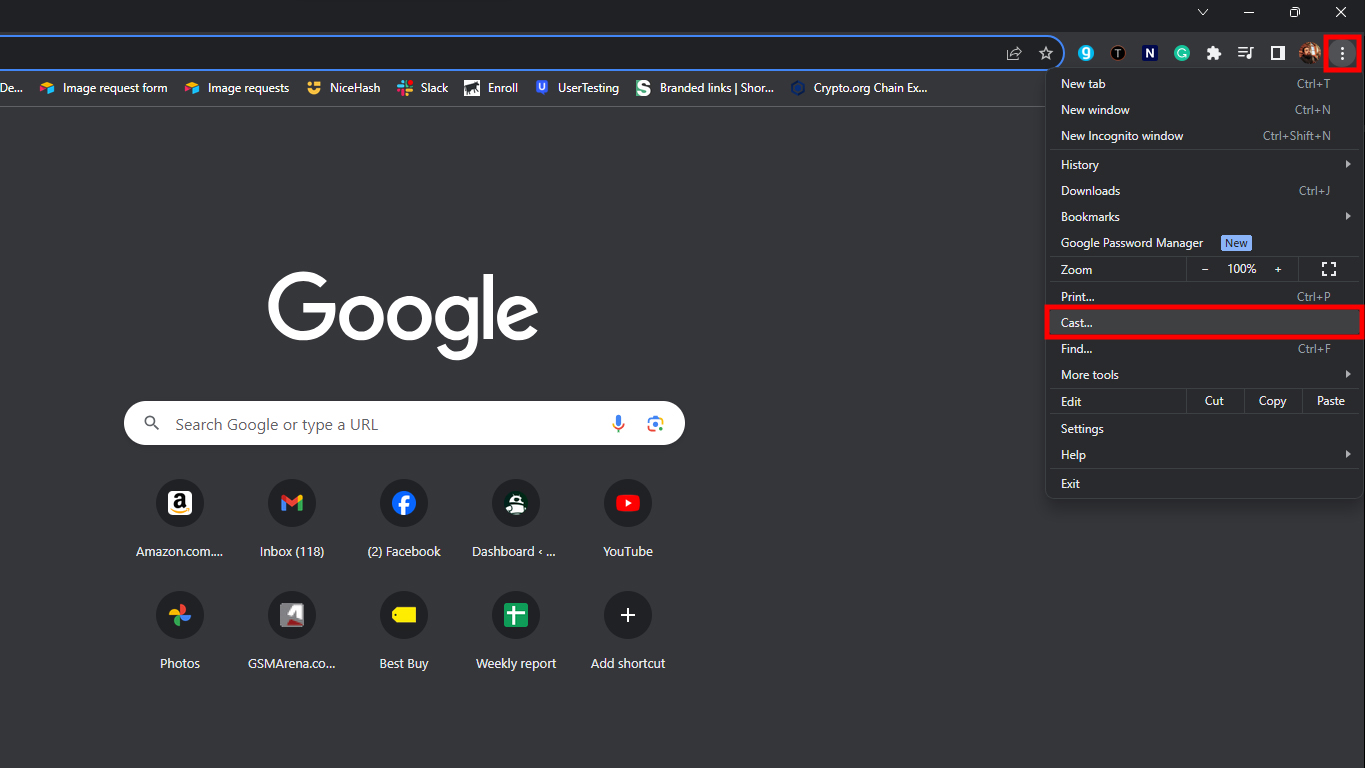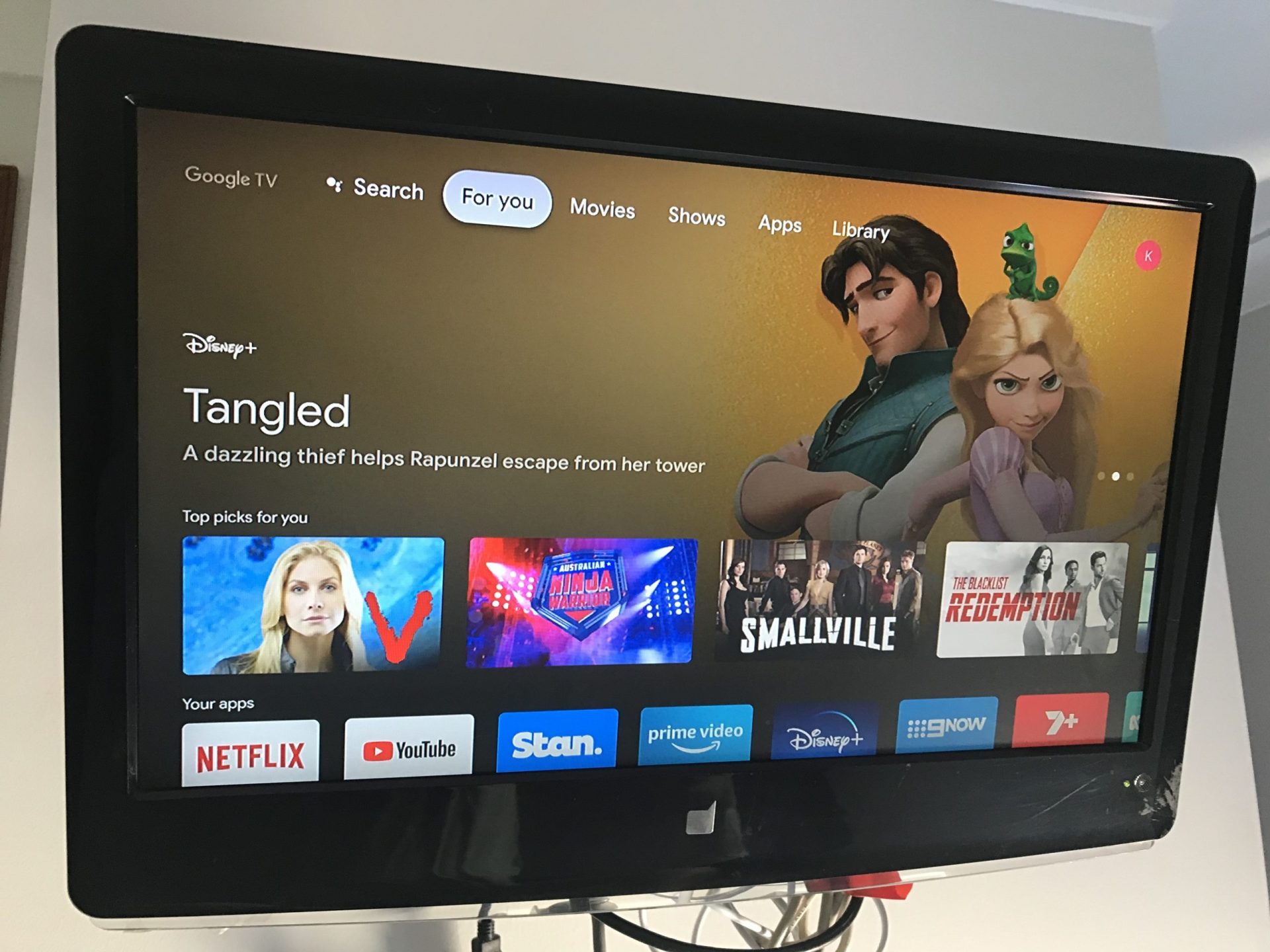Home>Reviews>Gadgets>Amazon Excludes Chromecast from its Product Lineup


Gadgets
Amazon Excludes Chromecast from its Product Lineup
Modified: September 5, 2024
Discover why Amazon has excluded Chromecast and other gadgets from its product lineup. Explore alternative options for purchasing your favorite gadgets online.
(Many of the links in this article redirect to a specific reviewed product. Your purchase of these products through affiliate links helps to generate commission for Techsplurge.com, at no extra cost. Learn more)
Table of Contents
Amazon's Product Lineup
Amazon's product lineup is meticulously curated to cater to a wide range of consumer needs. The company offers everything from electronics and home appliances to books and groceries. However, the inclusion or exclusion of certain products can significantly impact consumer choices and market dynamics.
Read more: How To Chromecast From Safari
The Rise of Chromecast
Chromecast, developed by Google, is a popular streaming device that allows users to cast content from their smartphones, tablets, or laptops to their television sets. Since its release in 2013, Chromecast has become a staple in many households, offering users a seamless way to stream their favorite shows, movies, and music.
Why Did Amazon Exclude Chromecast?
Competitive Strategy
- Market Dominance: Amazon aims to dominate the smart home and streaming device markets. By excluding Chromecast, Amazon can promote its own products, such as the Fire TV Stick, which are integrated with Amazon's ecosystem. This strategy helps Amazon maintain control over the user experience and ensures that consumers are more likely to use Amazon's services.
Ecosystem Integration
- Amazon Prime Video: One of the primary reasons for excluding Chromecast is Amazon's desire to promote its own streaming service, Amazon Prime Video. By integrating Fire TV devices with Prime Video, Amazon can offer exclusive content and a seamless viewing experience that is not available on Chromecast.
Read more: How To Chromecast From Android
Revenue Model
- Advertising and Subscriptions: Amazon generates significant revenue from advertising and subscription services. By promoting its own devices and services, Amazon can increase its advertising revenue and subscription base. Excluding Chromecast helps Amazon maintain a more robust revenue stream.
Brand Loyalty
- Customer Retention: Amazon's goal is to retain customers within its ecosystem. By offering exclusive products and services, Amazon encourages customers to stay within the Amazon ecosystem, reducing the likelihood of them switching to competitors.
Technical Compatibility
- Integration Issues: There have been reports of technical issues between Chromecast and Amazon's services. For instance, some users have experienced difficulties in casting content from Amazon Prime Video to Chromecast. These integration issues might have contributed to Amazon's decision to exclude Chromecast.
Implications of Exclusion
Consumer Choice
- Limited Options: Consumers who prefer Chromecast over other streaming devices may find themselves limited in their choices. This could lead to dissatisfaction and potentially drive them to explore alternative options.
Market Dynamics
- Competitive Landscape: The exclusion of Chromecast creates a competitive advantage for Amazon in the streaming device market. Other competitors, such as Google and Roku, may need to adapt their strategies to counter Amazon’s dominance.
Ecosystem Impact
- Amazon Ecosystem: The exclusion of Chromecast reinforces Amazon’s strategy of maintaining a closed ecosystem. This approach ensures that users are more likely to use Amazon’s services and products, thereby increasing customer retention and loyalty.
Revenue Impact
- Advertising and Subscriptions: The exclusion of Chromecast is likely to boost Amazon’s advertising and subscription revenue. By promoting its own devices and services, Amazon can increase its market share in the streaming device market.
Read more: Improving Amazon Prime Subtitles
Broader Context: Tech Industry Trends
Data Monetization
- Companies like Amazon, Google, and Facebook are leveraging user data to create personalized experiences and generate significant revenue through targeted advertising.
Ecosystem Dominance
- The success of companies like Apple (with its closed ecosystem) and Amazon (with its Prime ecosystem) has shown that maintaining a closed ecosystem can lead to increased customer loyalty and higher revenue.
Innovation and Integration
- Companies are investing heavily in integrating their services and products to create seamless user experiences. This integration often requires exclusivity, as seen in the case of Amazon’s exclusion of Chromecast.
Amazon’s exclusion of Chromecast from its product lineup is a strategic move aimed at maintaining dominance in the smart home and streaming device markets. By promoting its own products and services, Amazon aims to increase customer retention, boost revenue, and maintain control over the user experience. This decision reflects a broader trend in the tech industry where companies are focusing on maintaining their own ecosystems to maximize their market share and revenue.
While the exclusion of Chromecast may limit consumer choices, it reinforces Amazon’s position as a leader in the tech industry. As the tech landscape continues to evolve, it will be interesting to see how other companies respond to Amazon’s strategy and whether they adopt similar approaches to maintain their own ecosystems.













